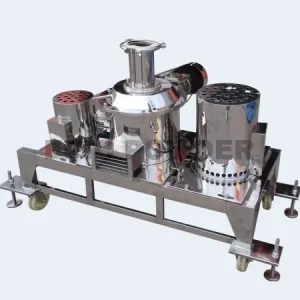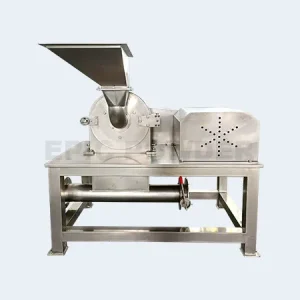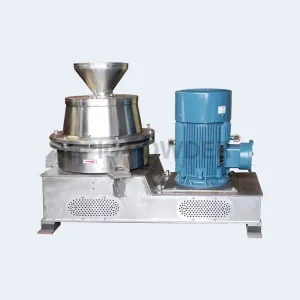The outer husk of rice. It can be utilized to produce soy sauce, wine, and fuel. Oyster mushrooms can also be grown in bags.
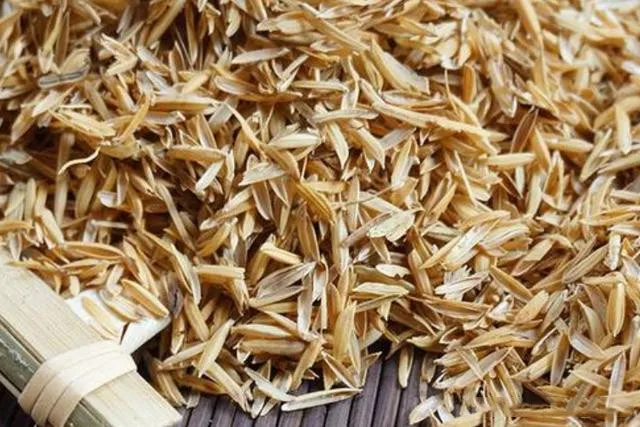
Rice husk has physicochemical properties. It consists of outer and inner glumes, guard glumes, and small cobs. There are hairs on the outside of the top of the outer glumes. The rice husk consists of some rough, thick-walled cells with a thickness of about 24 to 30 microns. Rice husk is rich in cellulose, lignin, and silica, with low fat and protein content. The chemical composition of rice varies by variety. This is due to differences in the region, climate, etc.
material properties
The rice husk is made up of inner and larger outer glumes. It is 5-10mm long, 2.5-5mm, and 23-30mm thick. Its color is rice-yellow, golden-yellow, yellowish-brown, and brownish-red. It have a bulk density of 96-160kg/m³. After the rice husk is crushed, the bulk density can reach 384-400kg/m³.
The more silicon are harder. They also have better wear resistance. The repose angle of Rice shell is 35°. The angle of rice husk at rest after crushing and passing through a 50-160 mesh screen is 43-45°. After passing through an 80 mesh screen, the angle is 40°.
Characteristics of calcined rice husk
The rice husk ash that remains after the rice husk is burned is typically 20% of the rice shell mass. The main component of rice husk ash is silica, with a content ranging from 87% to 97%. Rice shell ash’s bulk density is 200-400kg/m³. Its relative density is 2.14, and its hot channel coefficient is 0.062. For comparison, crushed asbestos is 0.041, mineral wool is 0.030, and cork is 0.028. Rice husk ash has a large specific surface area, usually 50-60m²/g, sometimes up to 100m²/g.
Rice husk powder uses
Rice husk powder is a versatile material in agriculture and industry. The following are the main uses of rice husk powder:
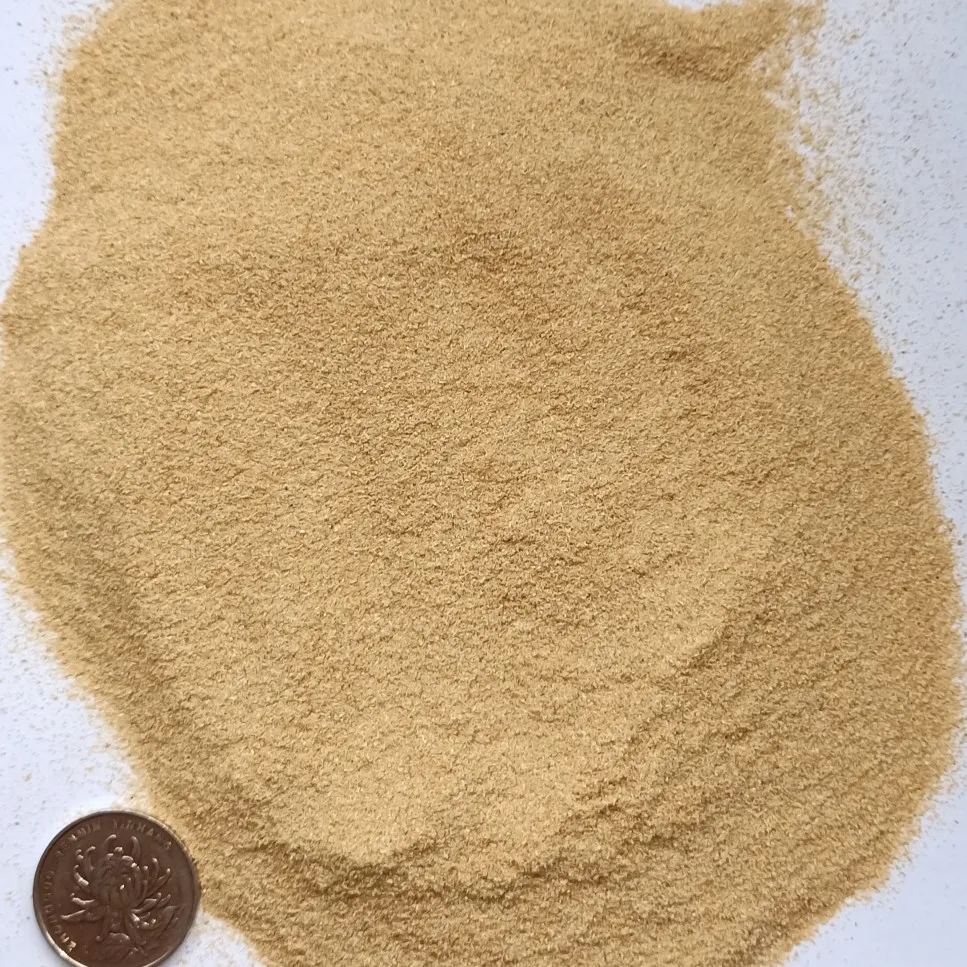
Use as fertilizer. After the rice husk is expanded, mix it with 1% urea and a bit of lime water. Let it ferment in the open air until the color turns black. Then, it can be used as fertilizer. This fertilizer has good water, fertilizer, and porosity. It can increase vegetable yields.
Pesticides: Rice husk has a lot of silica. It can corrode the waxy surface of an insect’s thorax. This has a negative impact on its metabolism and can lead to its death.
Puffed rice husk powder can be used as a medium for edible fungi in the form of an edible fungus culture material. These include shiitake mushrooms. It helps the fungi absorb nutrients and speeds up production.
Are there other applications ?
As feed: Rice husk treated with alkali or ammonia, or modified and expanded can be used as feed. When mixed with rice bran and broken rice in an appropriate ratio, it has a good effect on cattle feeding. Studies abroad suggest that fermenting rice husks into feed can make them have 30% protein.
Ethanol is made from the hydrolysis of cellulose found in the rice husk. The husk is treated with sulfuric acid to decompose it at high pressure. Then, water and yeast are added to the hydrolyzate to make ethanol.
The preparation of activated carbon and white carbon black involves several steps. First, it is heated inside a closed container at high temperatures. Then, soda ash is added and the mixture is boiled. After boiling, the mixture is washed with water until it is neutral. Then, it is heated and dried. The final steps are removing impurities, crushing, and sifting. Activated carbon. Another method is to use rice shell ash. It makes water glass after alkali leaching. Then, it reacts with acid to make a precipitate. The precipitate is filtered, washed, and dried to turn it white carbon black.
Rice hulls can fuel boilers. They are both low-cost and have high hot spots. This makes them a good option for burning in boilers.
It is heated without air. It can be made into chemicals like gas, furfural, acetic acid, and methanol. It can also be made into acetone, activated carbon, sodium silicate, and silicon carbide (emery). It can also be made into oxalic acid. Industries use carbonized rice husks to purify water. They also use them to make wine and thermal insulation plastics.
How to crush rice husk
EPIC Powder recommends the following powder equipment.

